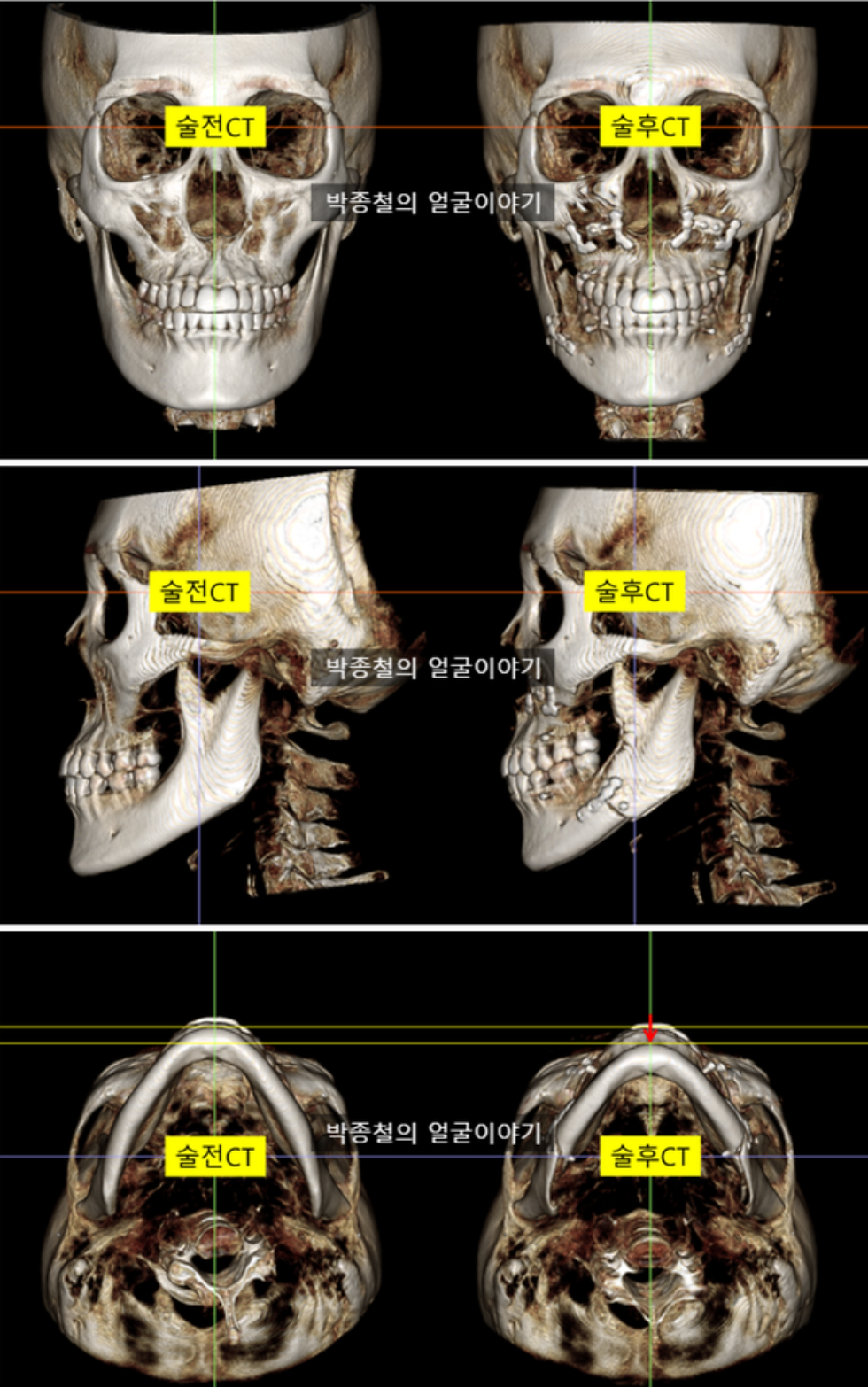Is Double-Jaw Surgery Possible with Fibrinogen Deficiency (Hypofibrinogenemia)? | A Surgeon's Case Report
- Dr. Park

- Sep 19
- 3 min read
Hello, I am Dr. Park Jong-cheol, an Oral and Maxillofacial Surgeon with over 20 years of experience performing orthognathic surgery.
In my practice, I sometimes encounter special cases that are rarely seen even in university hospitals. Today, I'd like to share a case study of a successful double-jaw surgery performed on a patient with congenital hypofibrinogenemia, a rare blood clotting disorder. This condition is so uncommon that I may not have the opportunity to operate on such a patient again.
I hope this article serves as a practical and informative resource for patients with fibrinogen deficiency who are considering orthognathic surgery, as well as for the medical professionals who will treat them.
What is Congenital Fibrinogen Deficiency?
Fibrinogen deficiency (or hypofibrinogenemia) is a condition where the blood lacks sufficient levels of a protein called fibrinogen. This protein plays a crucial role in the final stage of the blood clotting process.
Congenital hypofibrinogenemia is an extremely rare disorder, reported to affect only 1 to 9 individuals per million people. Due to its rarity, large-scale epidemiological studies have not been conducted in Korea, and there is no officially confirmed prevalence data for the country.
The severity of symptoms depends on the level of fibrinogen in the blood (Normal reference range: 1.8-3.5 g/L or 180-350 mg/dL).
Mild Deficiency (Hypofibrinogenemia): With fibrinogen levels around 100-150 mg/dL, most individuals are asymptomatic in daily life. However, they may exhibit a tendency for prolonged bleeding after surgery, tooth extraction, or severe trauma.
Severe Deficiency (Afibrinogenemia): With fibrinogen levels below 20-50 mg/dL, patients can experience severe bleeding even from minor injuries.
The Patient's Diagnosis: A Look at the Blood Test Results
Before planning the double-jaw surgery, we conducted a thorough blood analysis. The key preoperative results were as follows:
PT (Prothrombin Time): 11.3 seconds (Ref: 10.0-16.0) - Normal
aPTT (Activated Partial Thromboplastin Time): 27.8 seconds (Ref: 22.3-38.7) - Normal
TT (Thrombin Time): 30.90 seconds (Ref: 14.00-21.00) - Significantly Prolonged
Fg (Fibrinogen): 0.9 g/L (90 mg/dL) (Ref: 1.8-3.5 g/L) - Significantly Decreased
FDP (Fibrin/Fibrinogen Degradation Products): 1.9 mg/L (Ref: <5.0 mg/L) - Normal
D-dimer: 0.42 mg/L (Ref: <0.55 mg/L) - Normal
While the PT and aPTT values, which reflect the overall clotting pathways, were normal, the markedly prolonged Thrombin Time (TT) and the critically low Fibrinogen (Fg) level were classic indicators of congenital hypofibrinogenemia.
How Do We Prepare for Surgery in a Patient with Hypofibrinogenemia?
Performing an invasive procedure like orthognathic surgery on a patient with low fibrinogen requires proactive measures to control the bleeding risk. The primary step is to supplement the deficient fibrinogen.
This is typically achieved using Cryoprecipitate or Fibrinogen concentrate. Cryoprecipitate is a plasma-derived product concentrated with key clotting factors, including fibrinogen, allowing for effective supplementation in a small volume.
Through close collaboration with the internal medicine department, we planned to administer cryoprecipitate to the patient just before the surgery to raise their fibrinogen levels to a safe range. This preemptive measure is most effective for preventing intraoperative bleeding and allows for swift management if bleeding does occur.
After administering the cryoprecipitate, we re-ran the blood tests to confirm improvement:
TT (Thrombin Time): 30.90 sec → 20.60 sec (Normalized)
Fg (Fibrinogen): 0.9 g/L → 2.0 g/L (Normalized)
Once we confirmed that the blood coagulation values were within the normal range, we proceeded with the planned double-jaw surgery.확인한 후, 계획대로 안전하게 양악수술을 진행하였습니다.
The Surgical Outcome: Successful Underbite Correction
The patient underwent orthognathic surgery to correct an underbite (prognathism). The procedure was completed successfully without any unusual bleeding tendencies.


Stable Post-Operative Management
We continued to monitor the patient's condition closely with post-operative blood coagulation tests.
TT (Thrombin Time): Remained stable at 18.4 seconds post-op.
Fg (Fibrinogen): Remained stable at 2.39 g/L post-op.
Since the test results remained stable within the normal range and there were no clinical signs of bleeding, no further administration of cryoprecipitate was necessary.
Conclusion: A Successful Surgery Through Meticulous Preparation
Performing orthognathic surgery on a patient with a rare bleeding disorder like congenital hypofibrinogenemia is a significant challenge for any medical team. However, this case demonstrates that with an accurate diagnosis, systematic collaboration with other departments like internal medicine, and meticulous preoperative preparation such as cryoprecipitate administration, the surgery can be performed safely and successfully.
This case serves as a positive precedent that even patients with rare diseases like fibrinogen deficiency can achieve their desired functional and aesthetic improvements within a well-prepared and collaborative medical system.

Double-Jaw Surgery Fibrinogen Deficiency Hypofibrinogenemia



Comments